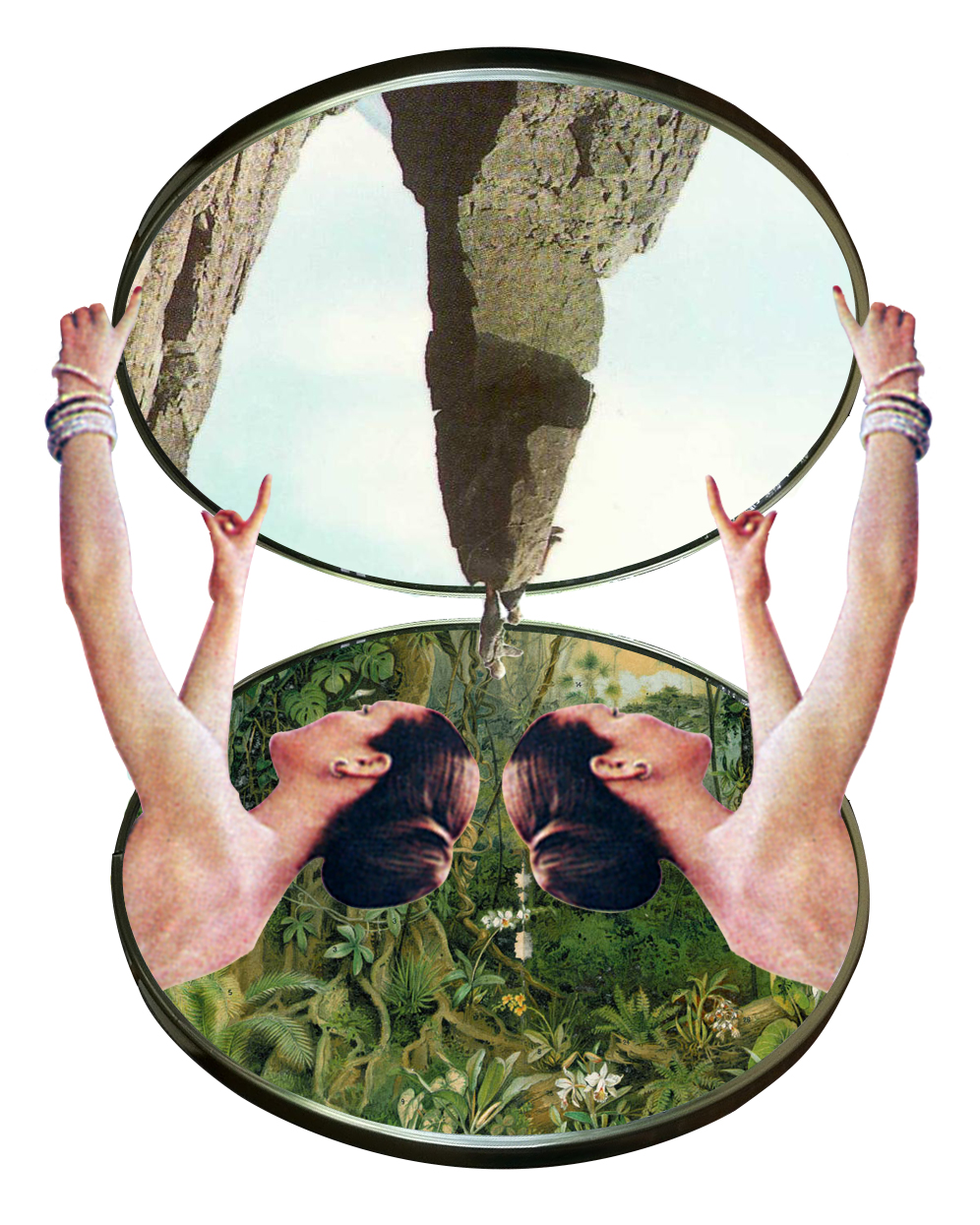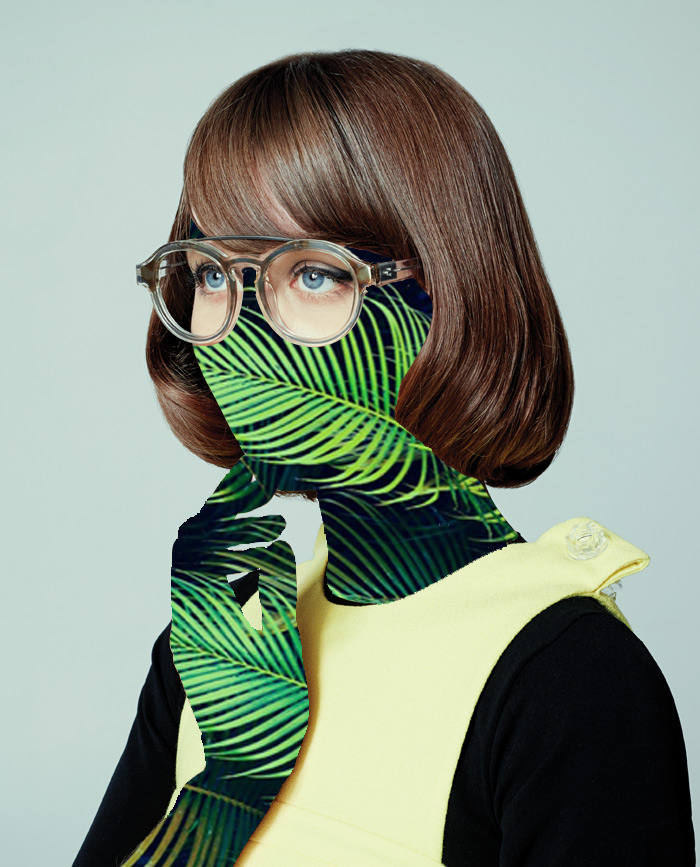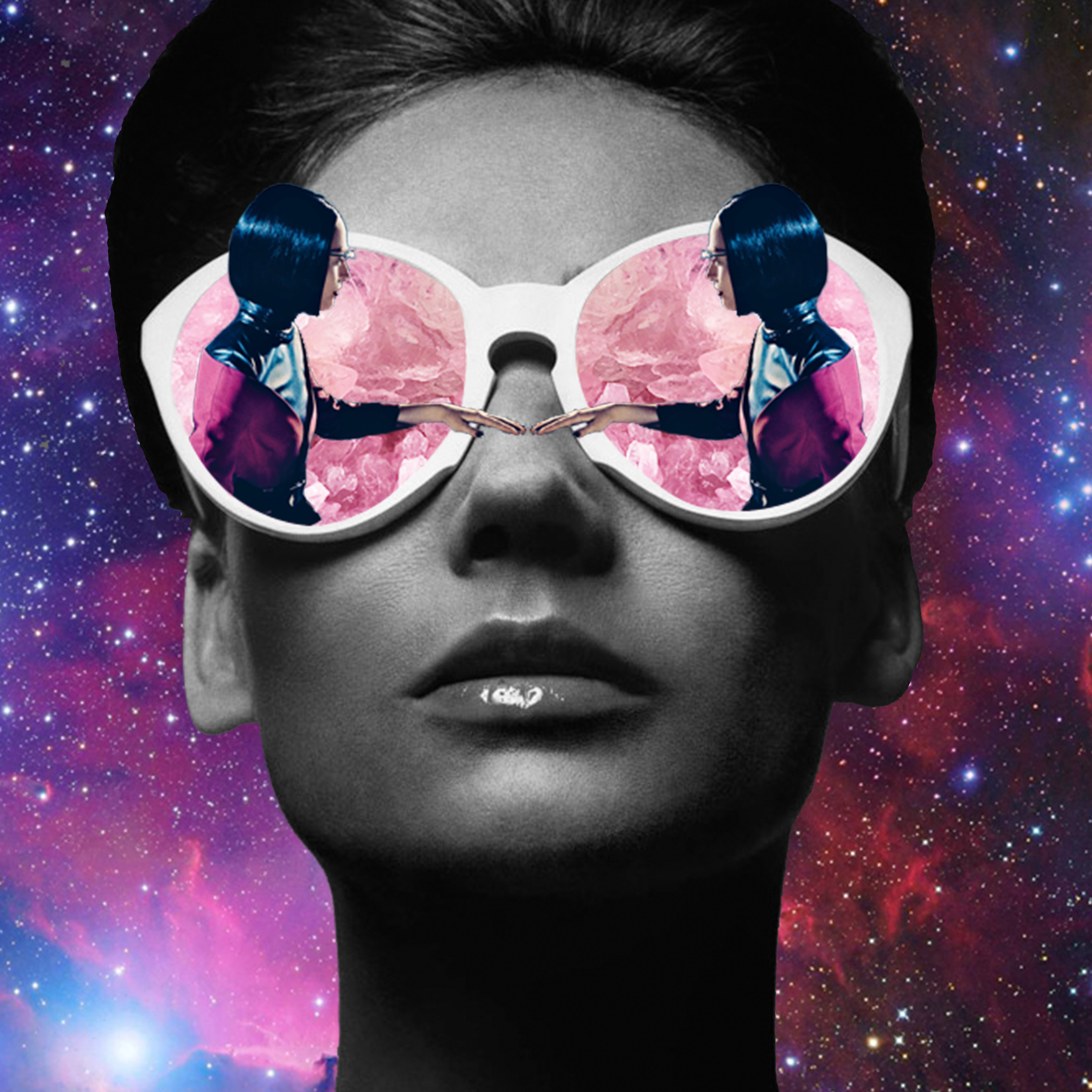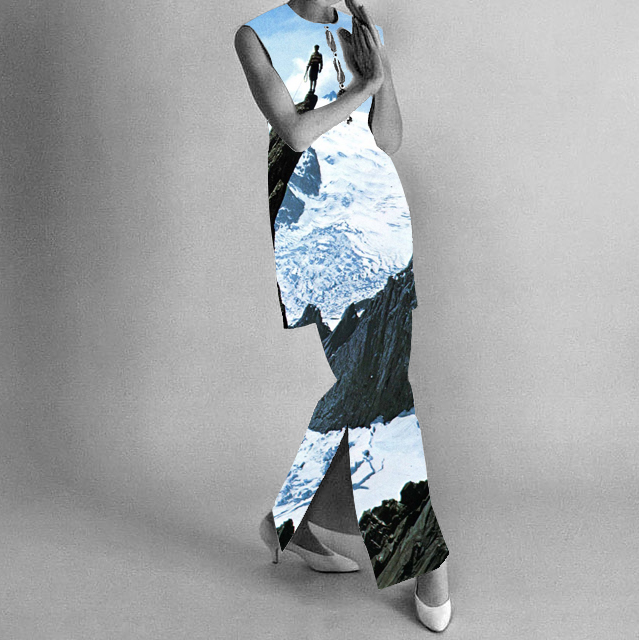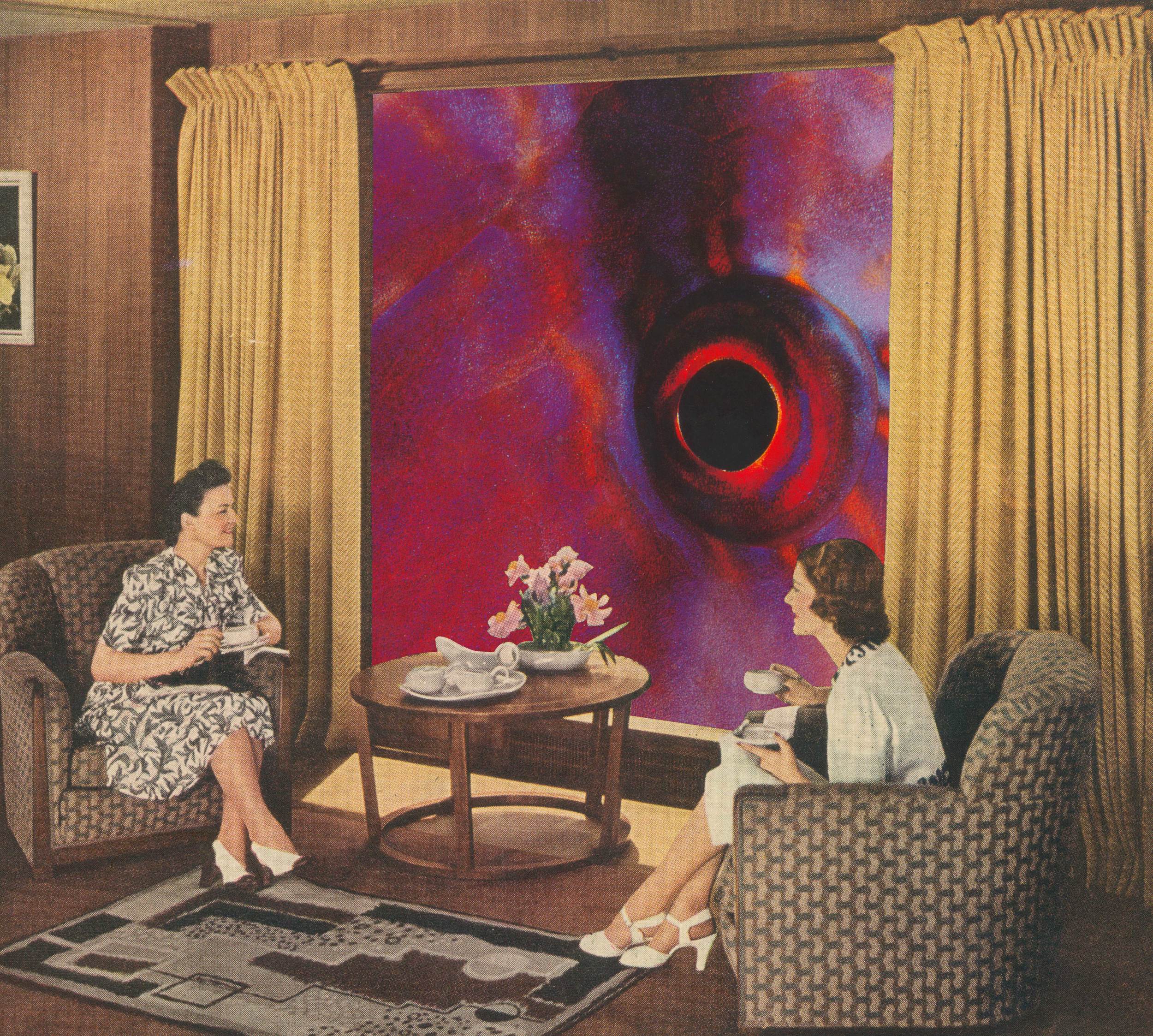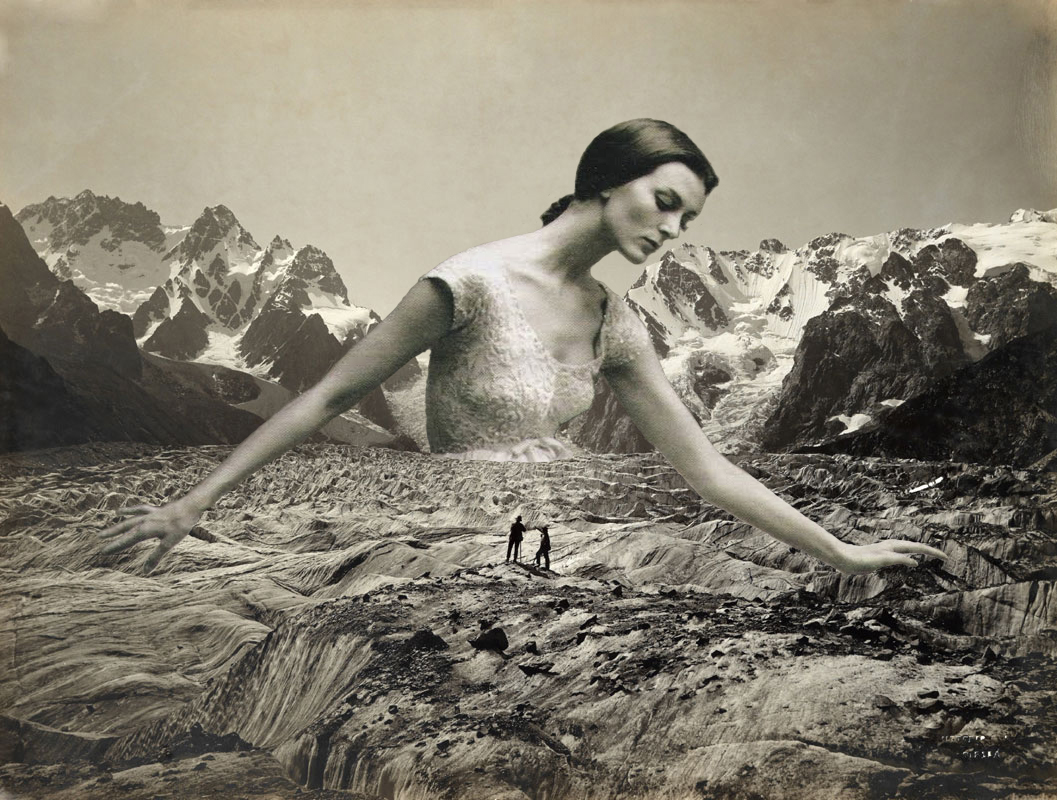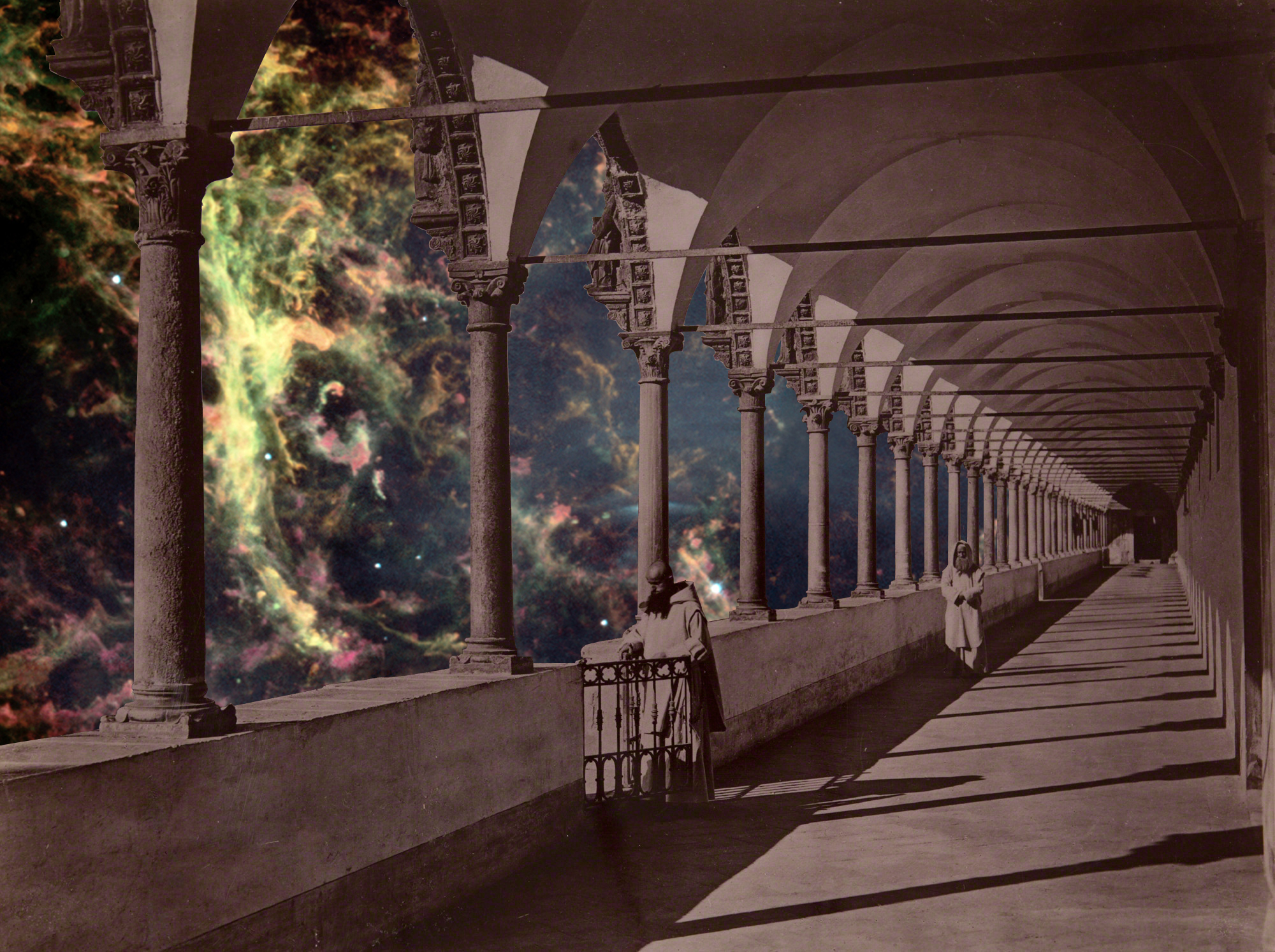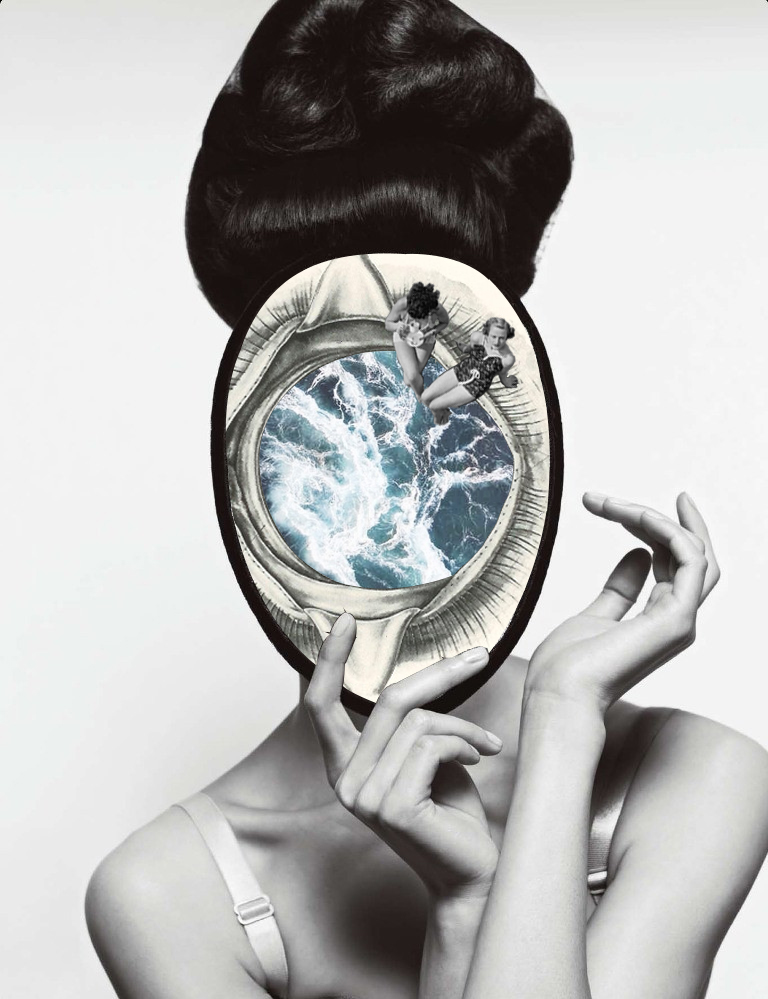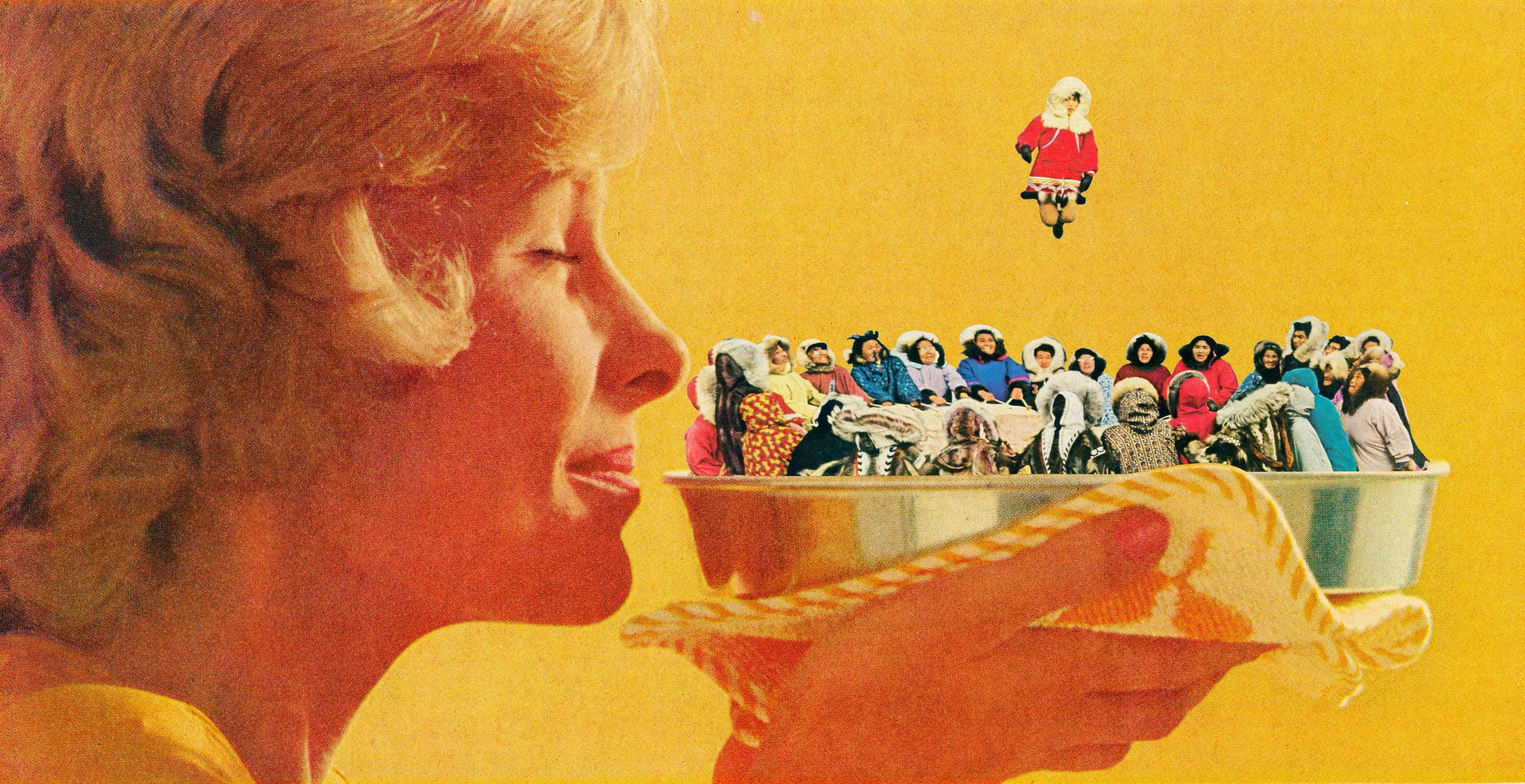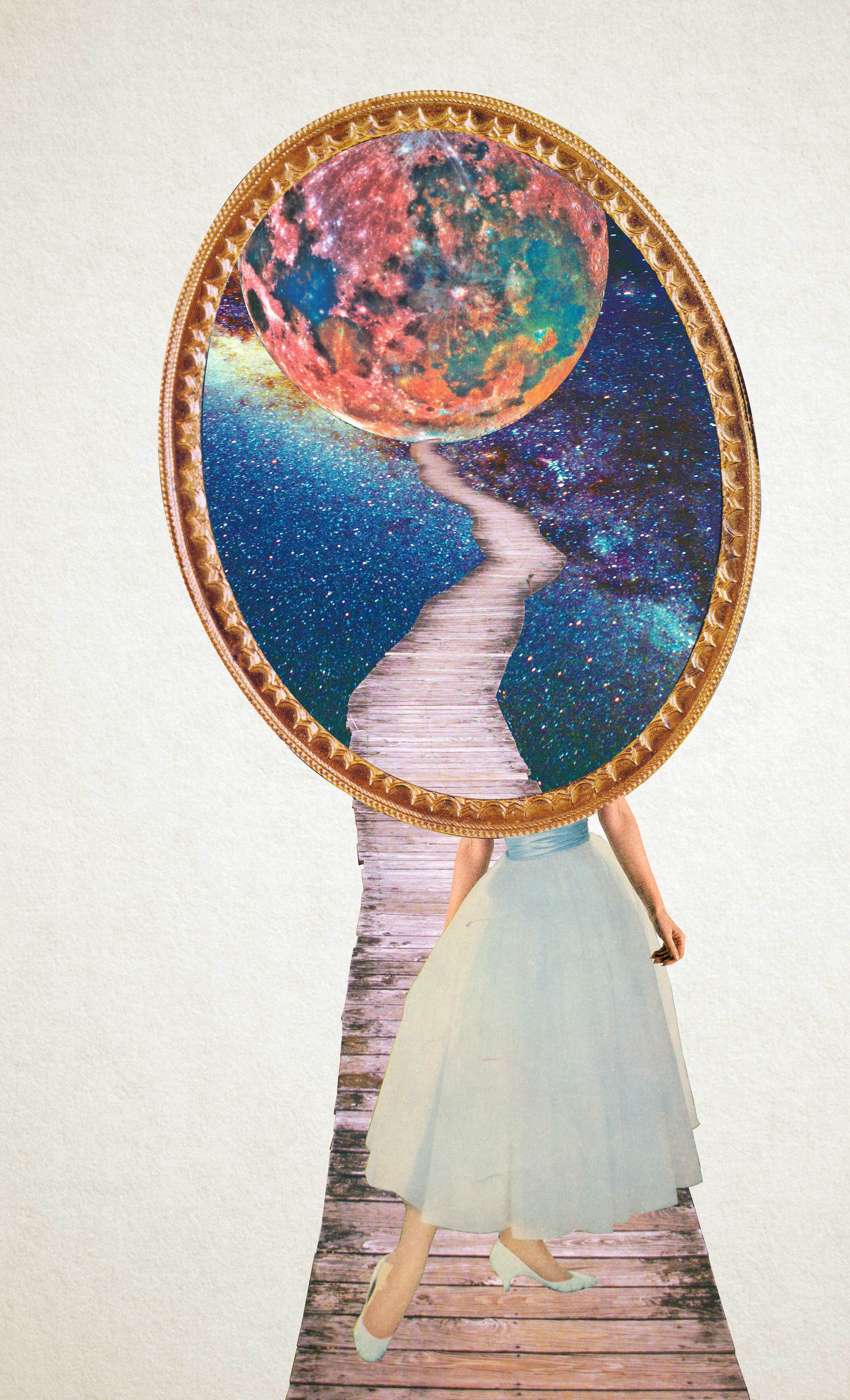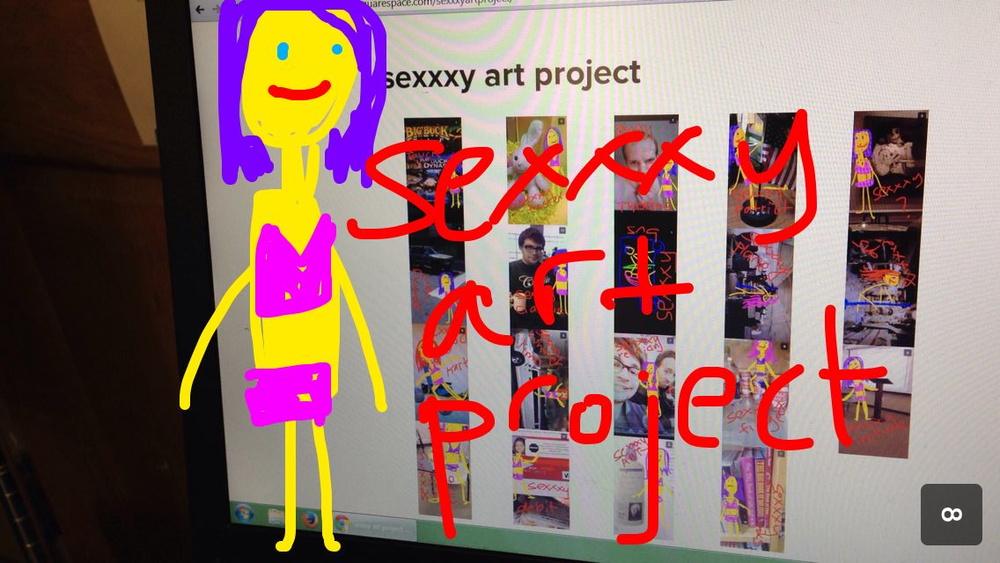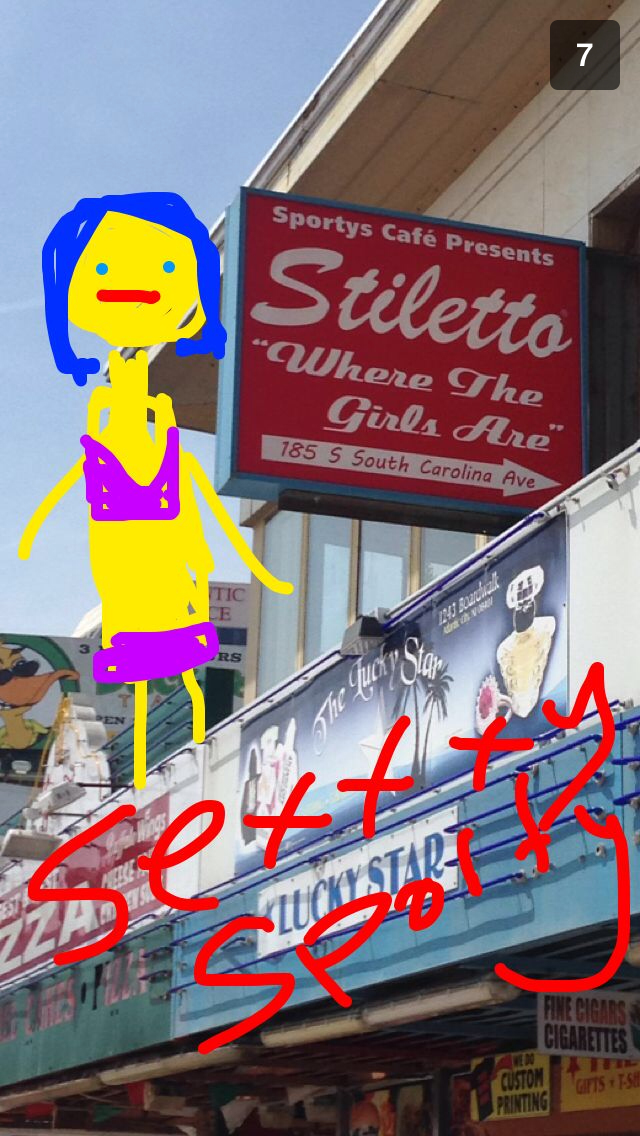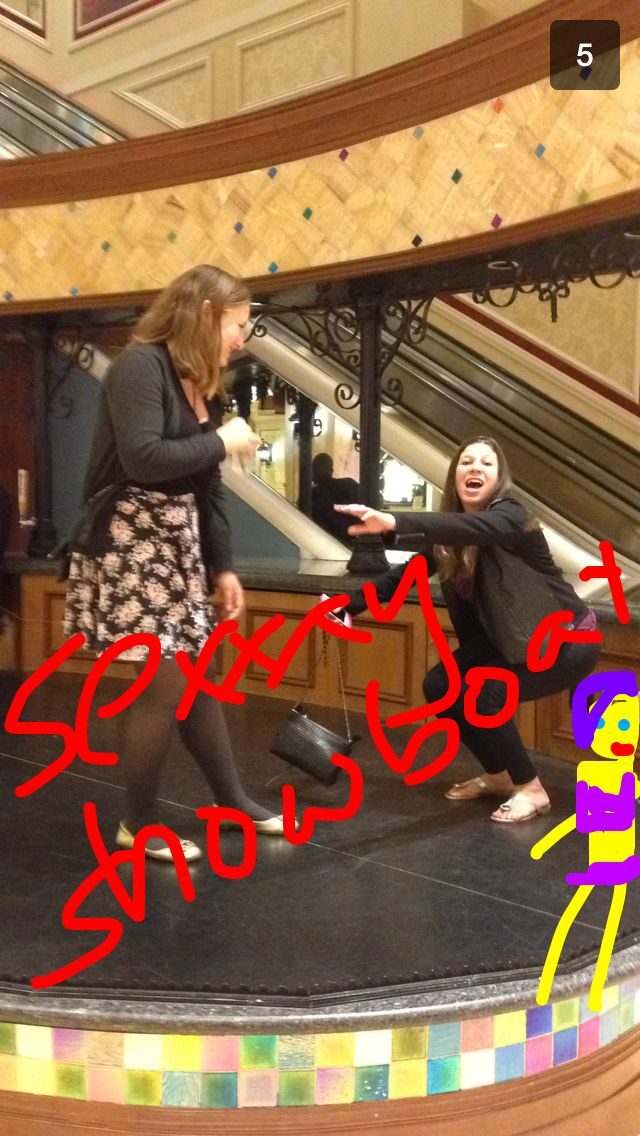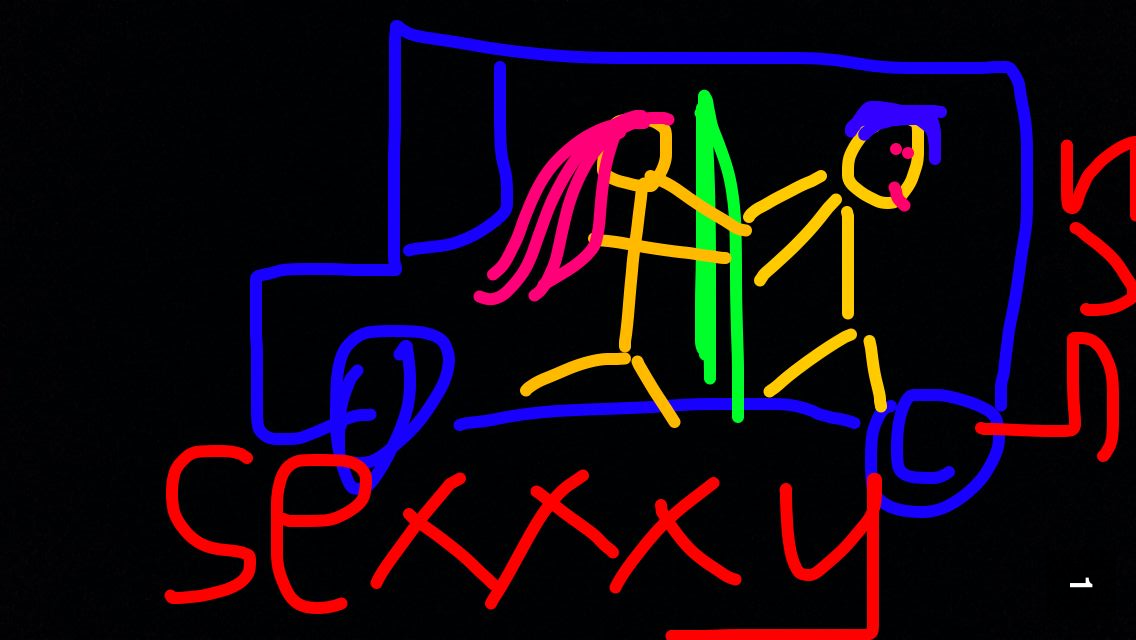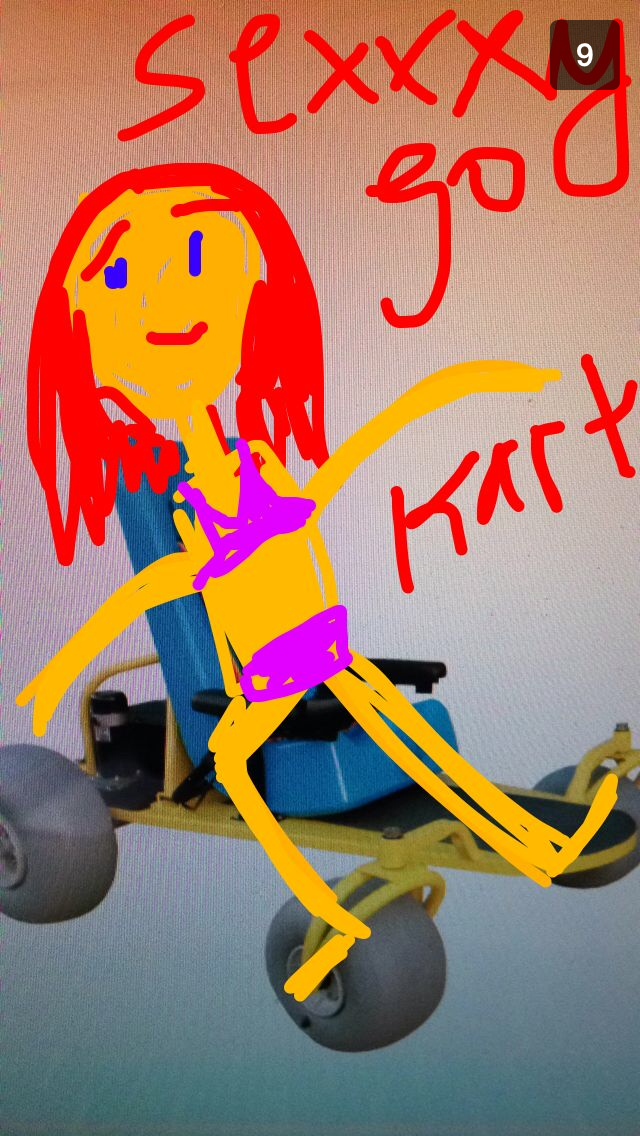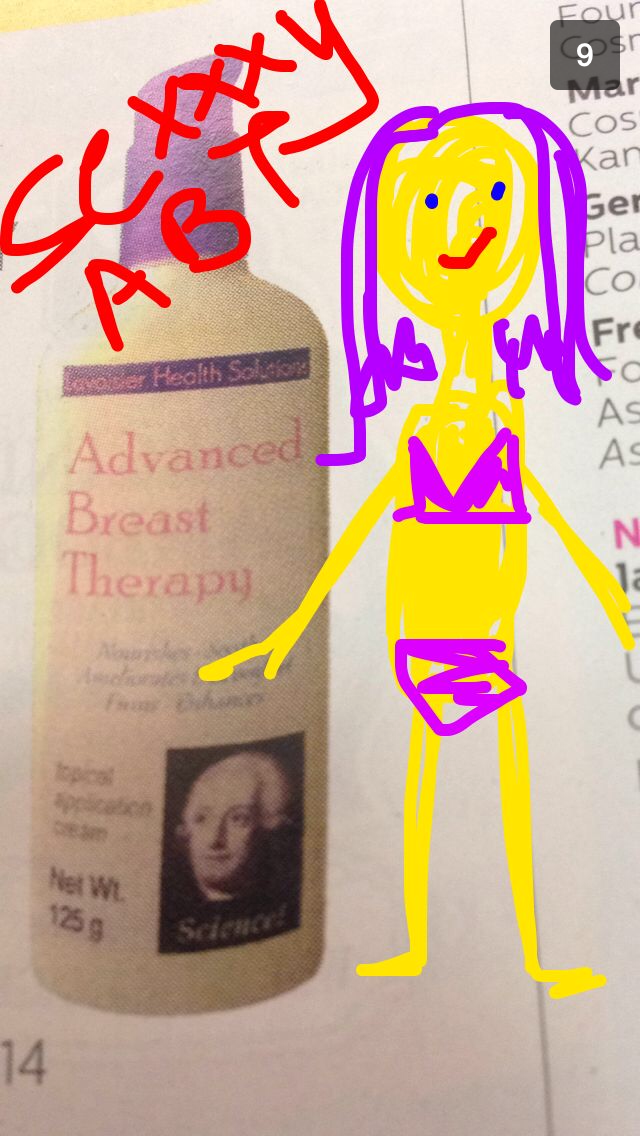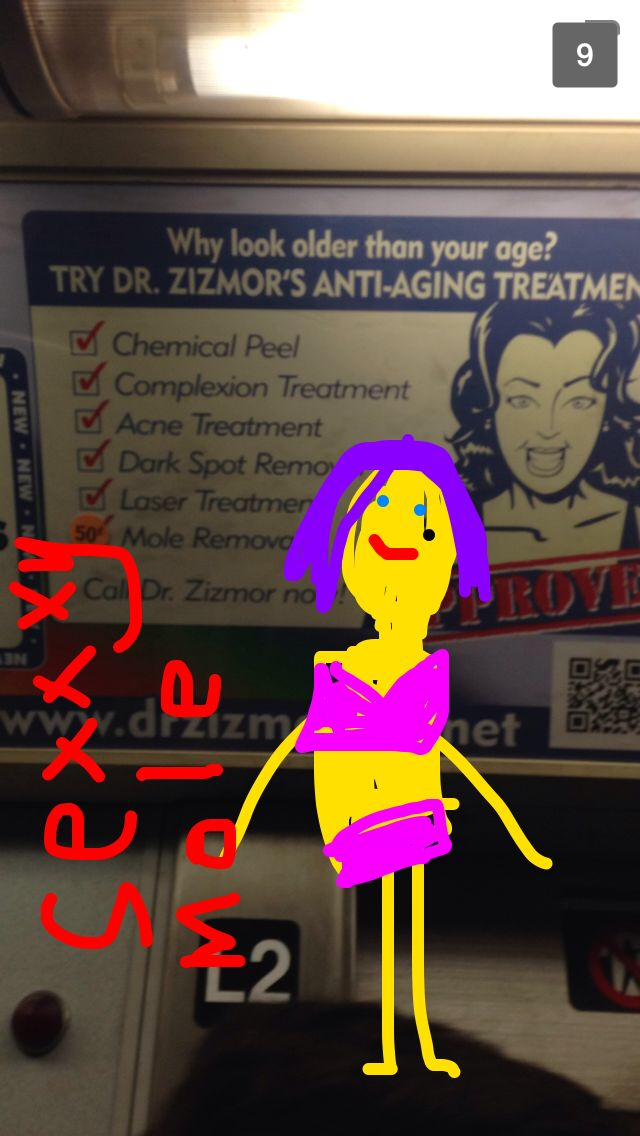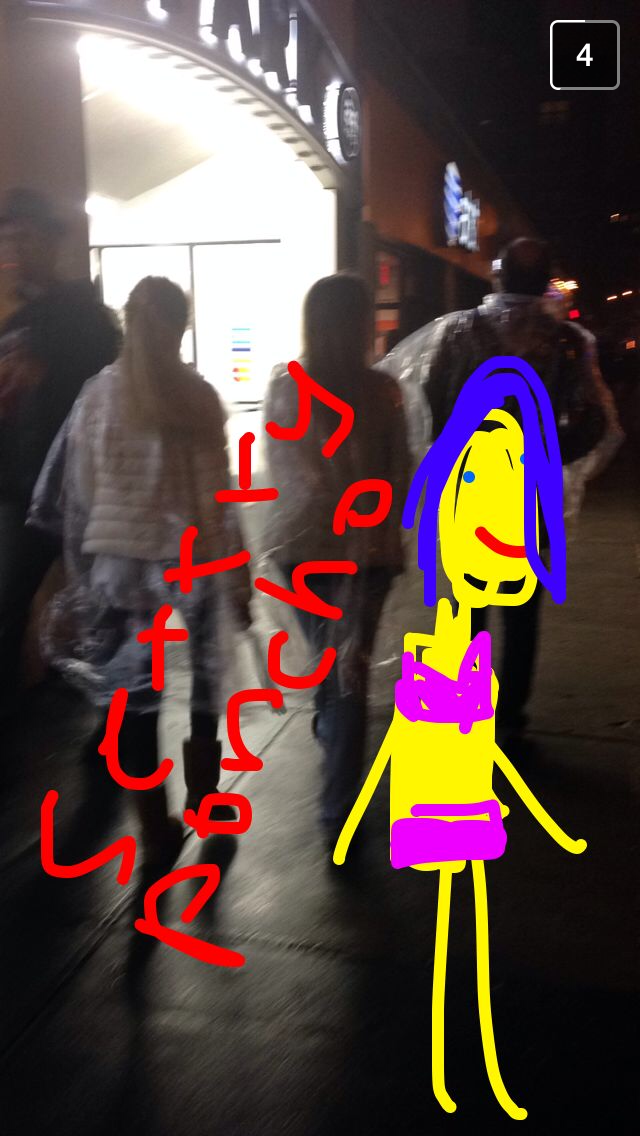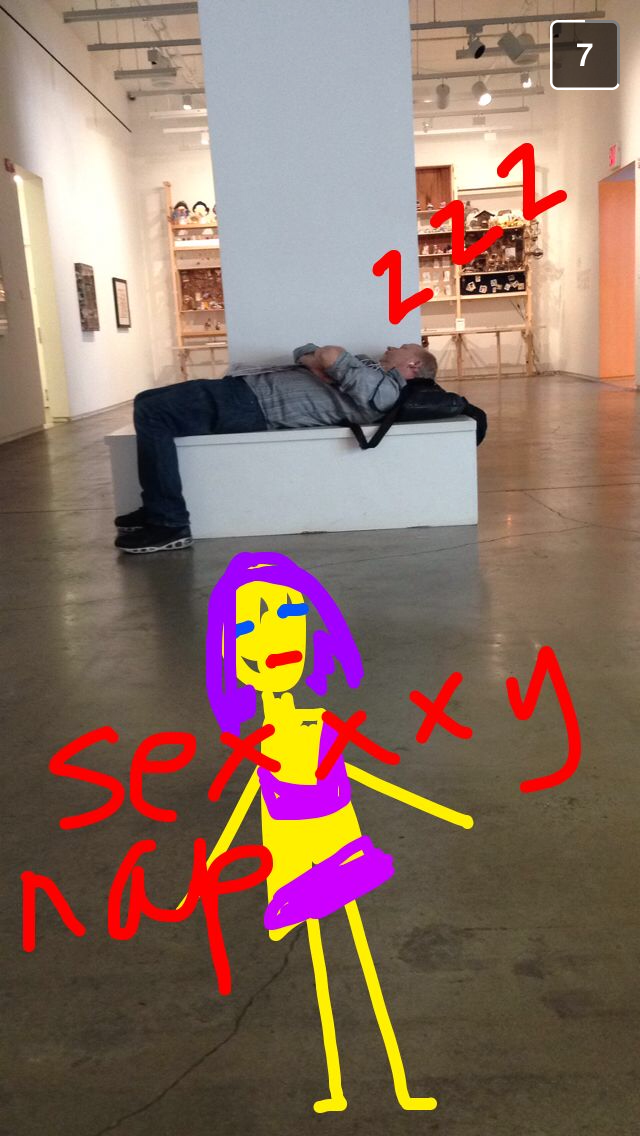Todd really emphasized “sneaking one past the goalie,” which is just as nauseating as you’d expect. Todd’s prime example of this technique was telling a girl that he’d like to have “unprotected sex in a disrespectful manner with her in a public place.” Basically, there’s just so much wrong with that statement that she simply can’t disagree with it all! Says Todd, “If she says, ‘Unprotected sex? No, you should always use a condom!’ then she’s not disagreeing with the sex! If she says, ‘Disrespectful? That’s so rude!’ Well, she’s not disagreeing with having sex with me!” I’m not sure how this plays out in real life, but apparently it’s extraordinarily effective; once you’ve pointed out to the girl that she hasn’t objected to having sex with you, I guess she’s duty-bound to fuck you. (?) If you’re really just looking to have women sleep with you because they feel conned into it, this technique might be what you’re looking for.
Another tip: get the woman emotionally invested in you. The 18 year old in Washington Square Park was emotionally invested in him as soon as she called him a “cocky liar.” She’s begun “qualifying” him, which demonstrates his “value.” It’s just a slam-dunk from there!
A third tip, courtesy of Todd: when you’re shaking a woman’s hand, don’t shake it as you would a man’s, as that’s too business-like for ladies. Instead, rotate the palm of your hand up when shaking her hand, which seems more “personal.” You’ll want to be gently cradling her hand in the palm of yours. This wasn’t a recommendation of Todd’s, but I imagine that if you do it quickly enough, you can probably break her wrist in the process. Then you’ll be able to accompany her to the E.R., which I expect would probably lead to a ton of that super valuable emotional investment you’re going for.
After analyzing three “pulls,” including one in which the woman tells Todd several times that she has a boyfriend but gives him her number regardless3, it’s time for role-playing. The first exercise is “Yes, and” statements; when a woman shit-tests you, you should affirm what she’s said, and add something else to it. By saying yes, teaches Todd, you’re telling the woman, “I accept the world how it is.” I think Gandhi used the same technique.
The lights were turned on and we were instructed to stand up and break into groups of three. Another friend of Taco Boy’s had sat next to us in the back row, and so he became our third group member. He was cute, actually, and seemed charming – but had been diligently taking notes through the seminar, which seems like a wild red flag.
I was not very good at “Yes, and” statements, and in case you’ve never tried it, it’s a thoroughly unnatural way to hold a conversation. Also, with the lights on and everyone out of their seats, I felt much more uncomfortable, and was much more noticeable than I had been while sitting in the back row, in the dark.
You get a lot of looks as the only female attendee in a room of over one hundred men who have paid several hundred dollars to learn how to meet women.
Looking around the room, though, most of the men seemed to be well-dressed and at least somewhat attractive. I wondered why they thought I was there, and also why they were there – frankly, if some of them had approached me in a bar, without using one of Todd’s idiotic “openers,” I wouldn’t necessarily have turned them down.
After a few torturous moments of our Yes, ands, we moved onto “I love” and “I hate” statements. Todd instructed us to start off every sentence with either one, and to say the first thing that came to mind, no matter how idiotic. I was slightly better at these. Taco and Friend encouraged me to think of this as a free improv class, but Friend told me I should probably work on my “cold approach” – i.e., approaching strangers on the street with the intention of hitting on them. I told him that was a skill I was never going to use. (By the way, no indication of whether Friend had paid to attend the seminar, or had snuck his way in for free also, although I suspect he did the former.)
Todd kept staring at me without blinking, and the amount of eye contact became increasingly unnerving.
Lastly, we did “qualifying statements,” in order to get our targets emotionally invested. Todd, unblinking, assured us that they could be as stupid as we wanted them to be! It doesn’t matter, just say anything! They had to follow the format, “You’re so _____, it’s like _____.” My date thought of a charming one: “You’re so stupid, it’s like pathetic.” Todd pointed out one participant in the front row who was wearing an ugly patterned sweater: “You’re so sweatered up it’s like you’re a penguin!” Unfortunately, the young man was staring at me and didn’t realize Todd was talking to him. His fellow group member had to swat his arm to get his attention.
Another prime example, courtesy of Todd: “Your posture is so chill right now, it’s like you’re a Buddha!” The Buddha in question grinned and pumped his arms in the air, presumably ecstatic. There was some sad, scattered applause.
I refused to do a qualifying statement, so Friend started off, “Your hair is so carefree, it’s like fluttering blossoms blowing in the breeze.” Taco’s statement to Friend: “You’re so racially ambiguous, it’s like you could be in a Target commercial.”
A quick note: Yes, ands, can be a way to carry on a conversation, however awkward. And “I love” and “I hate” statements aren’t difficult to think of, nor do they feel particularly unnatural to say. But the third exercise has a distinct I’m-trying-to-hit-on-you vibe. To watch a group of one hundred allegedly-über-hetero men try to seduce each other is something I can’t recommend highly enough. They were practically yelling across the room to each other, trying to stand as far away as possible. There were a lot of feet shuffling, looking at the floor, aggressively crossed arms, and averted glances. The emotional investment was palpable.
Unfortunately, one of the event coordinators came up to Taco and I and indicated that we had to follow him, cutting off the third exercise for us. I stood around by the door while Taco and the coordinator talked – I got the sense that we were in trouble, but that the men would handle it for me. I was told to produce my ID, and then after it was returned to me, I was asked to take my phone and leave.
If attending the seminar wasn’t embarrassing enough, getting kicked out certainly was.
Turns out, Taco hadn’t really cleared it with his friend the assistant or Todd that he could attend for free. Until Todd was able to confirm that that was the case, we needed to either pay $300 each or leave. Seeing as they kicked us out at 9:15, and the seminar ended for the day at 9:30, paying didn’t seem quite worth it.
Taco had also told me that paying attendees were allowed to bring dates or girlfriends for free – a provision that makes fiscal sense to me because there aren’t likely to be that many men attending that have women to ask, and also because I doubt very many women are likely to go. While I have to admit that I think it’s a little hypocritical to be kicking out the only female attendee, to be fair, I was very clearly an interloper, and I’m sure my Jane Goodall-esque attitude didn’t help things much.
Either way, Taco and I left the hotel and he told me that he was going to get Chipotle and then try to return to the seminar. I was invited to join, and to go clubbing with him and the literally six foot tall Tiesto-grinding model, but I declined both. We hugged awkwardly, he told me to text him, and I haven’t heard from him since – which is assuredly for the best.
